D
Deleted member 64174
Guest
A bit in the distance but you will get the gist of the issue. Too many accidents every year from folks in a car not being patient around a farm vehicle.
You gotta remember these are just simple farmers, these are people of the land, the common clay of the new west,,,,,, you know,,,,,,,, good folks that feed you.
Farming is quite complex these days!You gotta remember these are just simple farmers, these are people of the land, the common clay of the new west,,,,,, you know,,,,,,,, good folks that feed you.
Farming is quite complex these days!
The problem is that they are used to driving around fields all day, and fields have different driving rules, so you have to expect them to not always follow the rules of the road. Especially since it is always the car that loses the battle!
Here you are supposed to pull over if you are slow moving and so generating a que behind you, and yes some times i also think the tractor or what ever should have done that sooner than they did.
But its no problem.
25 - 30 years ago, younger me would have been furious and have done something stupid, but that was generally the name of the game for me back then.
Clearly today other suffer from the same decease i had back then.
I salute everyone that make my life easier,,,,,,, beside politicians that is, CUZ they always do it the wrong way.
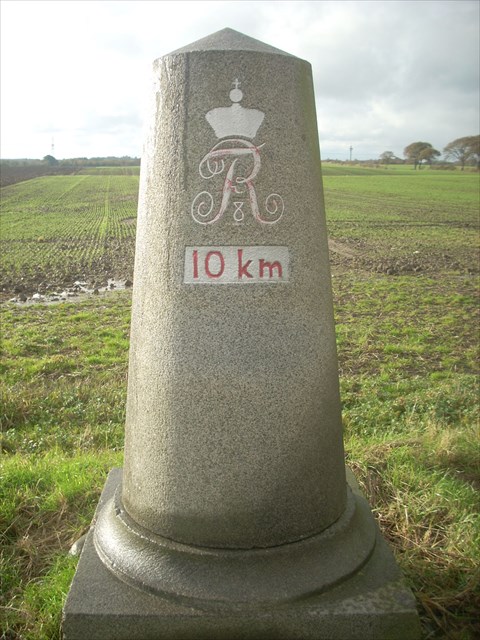
Ah...those stone road markers are interesting looking. I am sure there is a nice history behind them. In the U.S. the States use a
simple metal stake with a sign on it marking the distance.


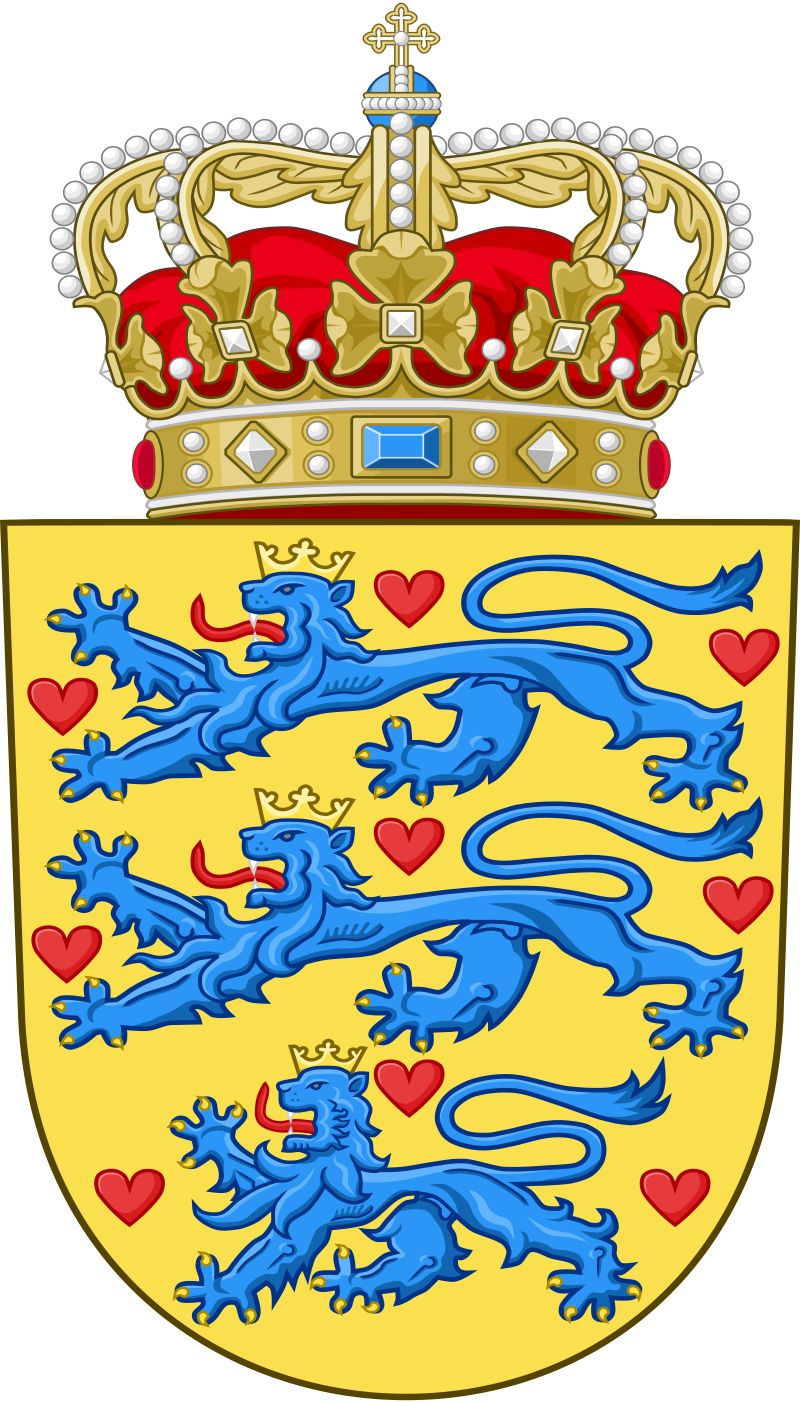
So the old ones are on what you now consider the wrong side of the road?The oldest markers here are like rune stones you can barely read what are on them, CUZ some roads here date way back to before a French guy came up here and taught us how to do proper strait and wide paved roads instead of the winding dirt roads we had.
So this is back in the mayflower days ( 1620 as i recall ) or even earlier.
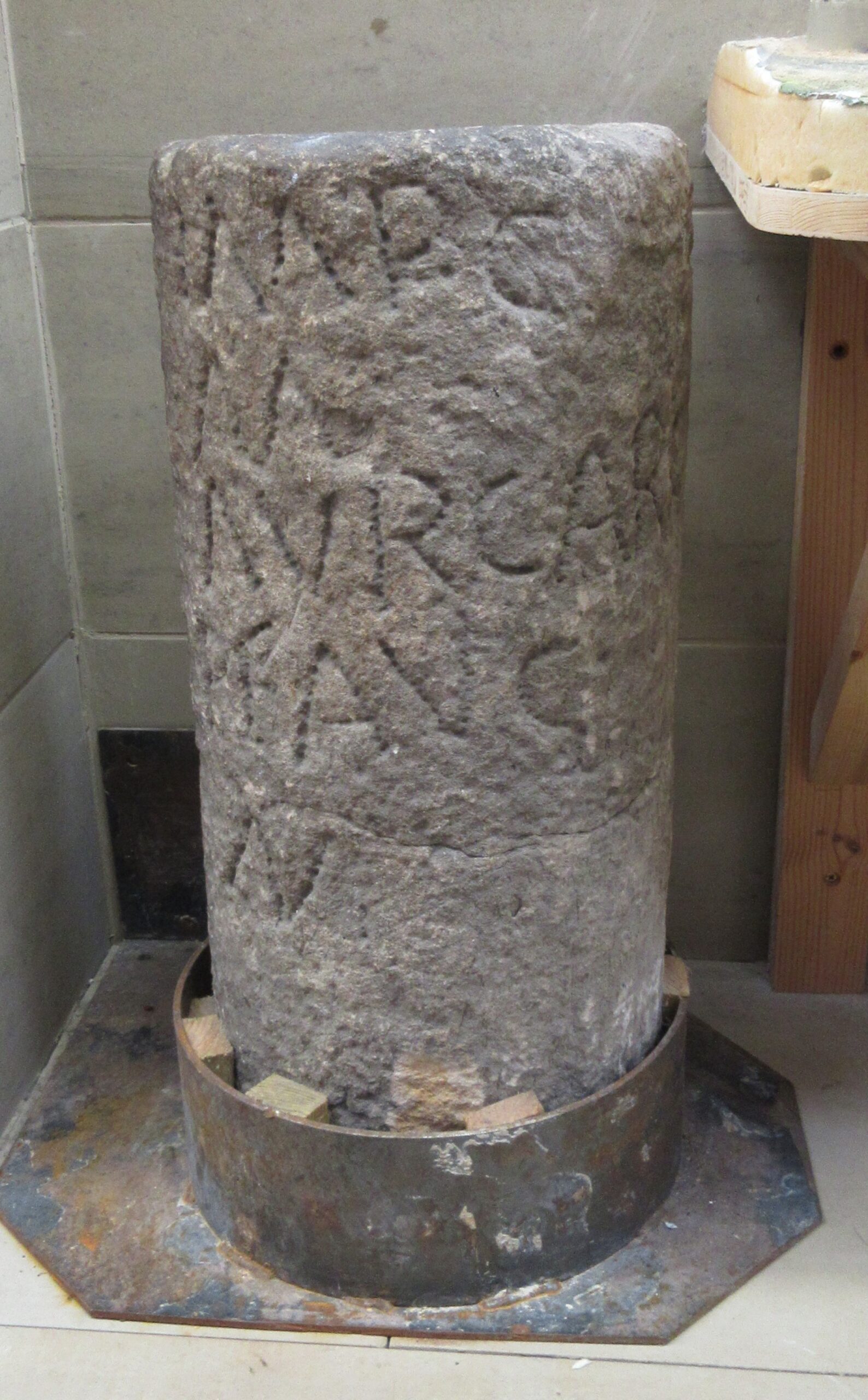
Many roads here are named " Old " something, so this could be old kings road
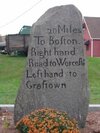

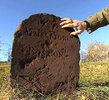
The original US mile markers were made of stone going back to the colonial period and for quite some time after that. Some still exist.
View attachment 62642
View attachment 62641
We have many roads named "Old" too. Many originally date back to the colonial and pre-colonial days even if they are now paved modern roads. Some of these old roads were originally trails created and used by Native Americans that were later developed into roads by European settlers. We also have hundreds of what are called "ghost roads" which are ancient roads that are no longer in use and haven't been in several hundred years. Officially they are called “Class 4 Town Highways or Legal Trails" and they are fascinating. If I hike a couple of hundred yards up from my house you come to an old road deep in the woods that you can walk along for several miles. You'll find old stone foundations and artifacts from homesteads that were there before the revolutionary war. There are some old cemeteries where the headstones are nothing more than rocks placed in the ground.
There are still mile markers from the colonial period as well. Some of them were there to mark the distances between post offices in New England as postal rates were charged by mileage.
View attachment 62643 View attachment 62644
View attachment 62645
Nice! In all my years in the south and on the east coast I have yet to find a stone mile marker. All I ever seem to find are the later dated metal ones.
One of the first things I discovered when I moved to the east coast where churches with cemetery's on the property. Never saw that west of the Mississippi river. It was always real interesting to walk an old cemetery and look at a family's history.
I found one cemetery from the 1700's, and all the family members were lined up in a row. Women were tough in those days. This lady lost two children as infants, two more
before they were 18 and, the other 4 lived a number of year. Hard times...very hard times.
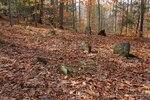
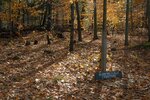
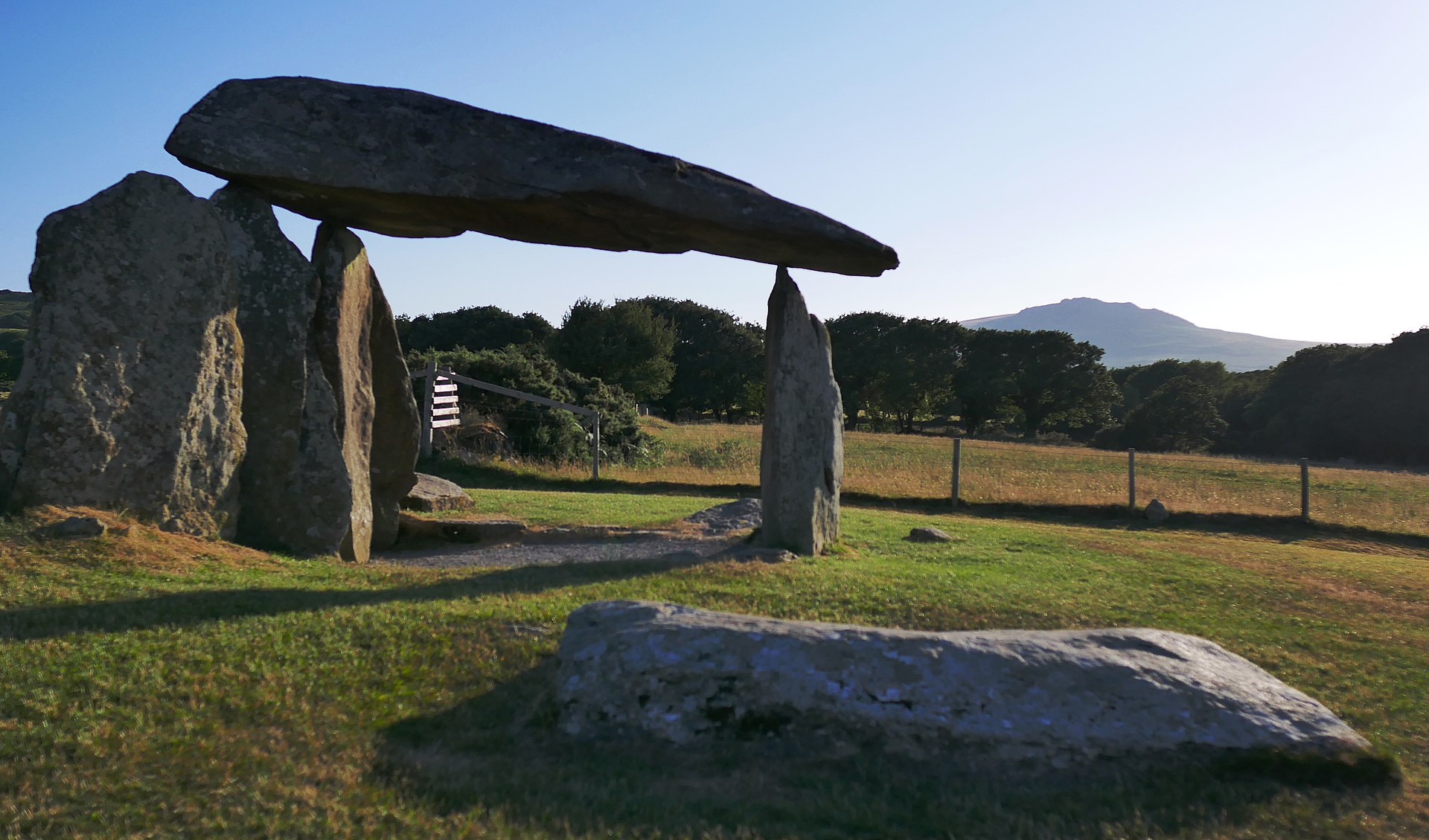
Have you ever driven a large commercial tractor or other farm equipment?

| Thread starter | Similar threads | Forum | Replies | Date |
|---|---|---|---|---|
|
|
Impatience, and no MOT | Your Dash Cam Videos (recorded by you) | 3 | |
|
|
impatience | Your Dash Cam Videos (recorded by you) | 5 | |
|
|
Patience is a virtue | Your Dash Cam Videos (recorded by you) | 19 | |
| S | Patience is not his virtue | Your Dash Cam Videos (recorded by you) | 4 | |
|
|
Impatience | Your Dash Cam Videos (recorded by you) | 2 |
